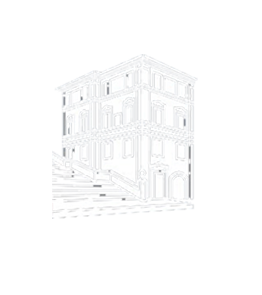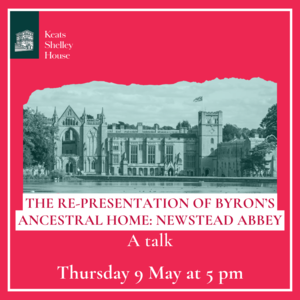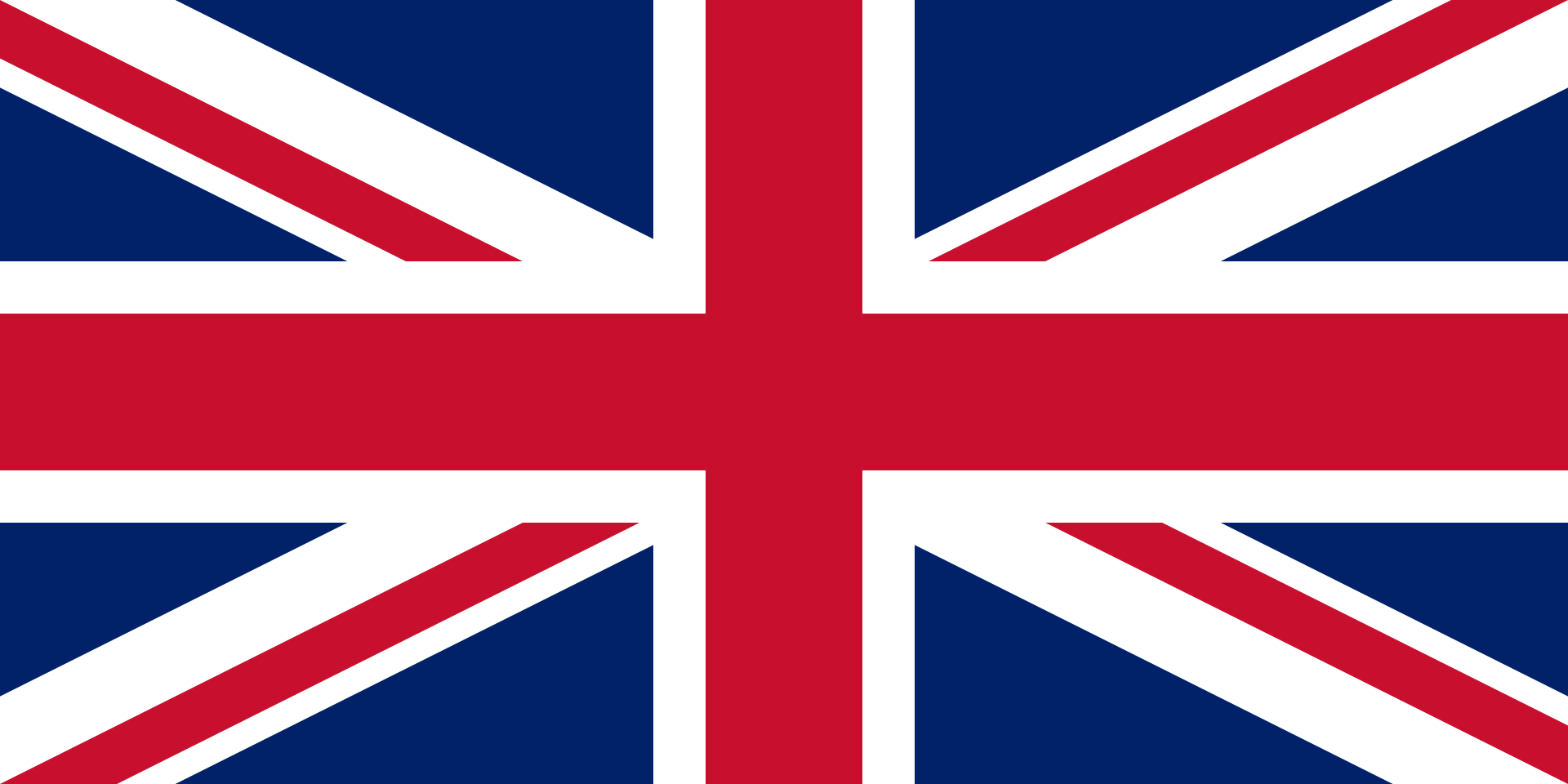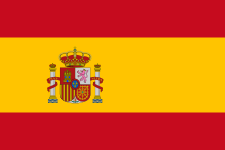ARTS
Pages
-
- Bust of Percy Bysshe Shelley
- Gift of Moses Ezekiel, 3 April 1909., The American sculptor Moses Ezekiel came to Rome in 1879, aged twenty-nine. The elaborate studio he built in the ruins of the Baths of Diocletian was, said one observer, ‘a stupendous spectacle, strewn with the mighty monuments of the past, a wilderness from which nothing now springs but grass, fever germs and noble thoughts’. The artist donated this bust in 1909 together with a beautiful first edition of The Revolt of Islam.
-
- Busts of John Keats and Percy Bysshe Shelley
- William Wetmore Story was born in Salem, Massachusetts. After an early career as a lawyer he developed an interest in sculpture and literature. He and his family took up residence in Rome in 1856, and his home in the Palazzo Barberini became a centre for Americans in the city. He is buried in the Non-Catholic Cemetery, close to Shelley. These two terracotta busts were donated to the museum together with two other busts of Elizabeth Barrett and Robert Browning, which were eventually sold to Casa Guidi in Florence., Possibly presented in 1910 by Mrs Ada Maud Story (wife of Waldo Story, William Wetmore Story’s son, who died that year).
-
- Byron bust
- Minton or Copeland Parian ware., Gift of Andy, Athena, Artemis, and Tricia Antippas, 2015
-
- Byron medallion
- This marble portrait medallion by an unknown manufacturer most likely dates from the second half of the nineteenth century, some decades after the dance card alongside it. Around this time demand for mass-produced portraits of Byron was particularly high, a phenomenon which has often been referred to as ‘Byronmania’., Gift of Andy, Athena, Artemis and Tricia Antippas, 2015.
-
- Byron pencil portrait
- This pencil sketch of Lord Byron is dated ‘Pise, July 22nd, 1822’ and is signed by the poet. The artist is unknown but the sketch bears a strong resemblance to a famous portrait of Byron by Count D’Orsay. However, D’Orsay was in Paris, not Pisa, at the time the sketch in question was completed, though it is entirely possible that D’Orsay used this sketch as a model for his own portrait of Byron the following year., Presented as a gift to the Keats-Shelley Memorial Association by Professor Stuart Curran in 2016.
-
- Casa Magni
- Casa Magni had originally been a boathouse, and the waves came right up to the front door. Shelley immediately felt at home: ‘He never was in better health or spirits than during this time’ Mary Shelley later wrote. But she herself was ill and miserable. She suffered a near-fatal miscarriage at Casa Magni, and hated the crowded conditions of the house, its remoteness, and the rusticity of the local people with their ‘detestable dialect’. ‘I wish I cd break my chains & leave this dungeon’ she wrote to Leigh Hunt at the end of June.
-
- Dance cards
- This tortoise shell clasped dance card contains seven ivory sheets, with portraits of both Shelley and of Byron. There is also a sheet depicting two trumpets, two doves and leaves with the following sentiment: “Affection will not let me / Believe thou canst forget me,” dated 25 November 1829. Additionally, there is a poem printed on one sheet which begins: “Thou art bound for wealth and fame / Over the wine and stormy sea.” The poem is dedicated to either a “Thomas Frame” or “Thomas Fraine”, a name rhymed with both “fame” and “thine”, and is dated 1832. The identity of the unnamed Romantic poetess to whom this dance card belonged is unknown (could it be Claire Clairmont or Mary Shelley?) and will hopefully one day be discovered., Gift of Andy, Athena, Artemis and Tricia Antippas, 2015.
-
- Drawing of Enfield School
- Keats was a pupil at Enfield School in Middlesex between 1803 and 1811. As a young boy he was famous for his ungovernable temper and for his prowess as a fighter. As he grew older, however, he developed a passion for reading, and after the death of his parents he benefited greatly from the liberal, family atmosphere that the headmaster, John Clarke, cultivated among the eighty or so pupils. The building was demolished in Victorian times, but the fine Georgian portico was preserved and later re-erected in the basement of the Victoria and Albert Museum in London., Gift of Marchesa Medici Gigliucci and Contessa Bona Gigliucci, early 1950s.
-
- Early 19th century bed
- Gift of Roberto and Karin Einaudi, 2003.
-
- Field Place
- Field Place, near Horsham, was the Shelley family home. Here the young Percy Bysshe grew up with his four adoring younger sisters. He would tell them stories of the Old Snake that lived in the grounds, and of the legendary Great Tortoise that haunted nearby Warnham Pond. He would dress up in disguises, and conduct innumerable scientific experiments. After his expulsion from Oxford, elopement with Harriet Westbrook, and subsequent estrangement from his father, Shelley was effectively banned from this comfortable world. He last visited Field Place in the summer of 1815. His father and the three youngest children were away, but he saw his mother, his two older sisters, and the old butler, Laker., Gift of Mrs Alexander Rawlins, ca. 1908.
-
- Italy through the Stereoscope. Journeys in and about Italian cities. Hundred images plus one acquired separately of Piazza di Spagna
- The stereographs were acquired in 2015, from Peter Harrington, London.
-
- John Keats's death-bed portrait
- Severn has written under this portrait: ‘28 January, 1821, 3 o’clock morning, drawn to keep me awake. A deadly sweat was on him all this night.’ Keats’s exhausted features, caught in the light of the fire, cast a shadow on the wall.















